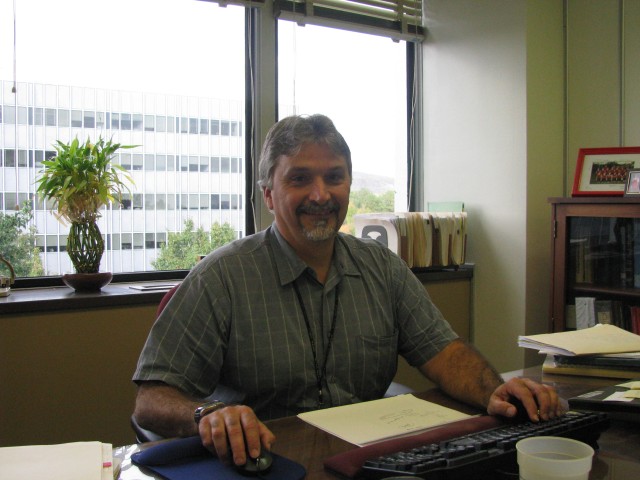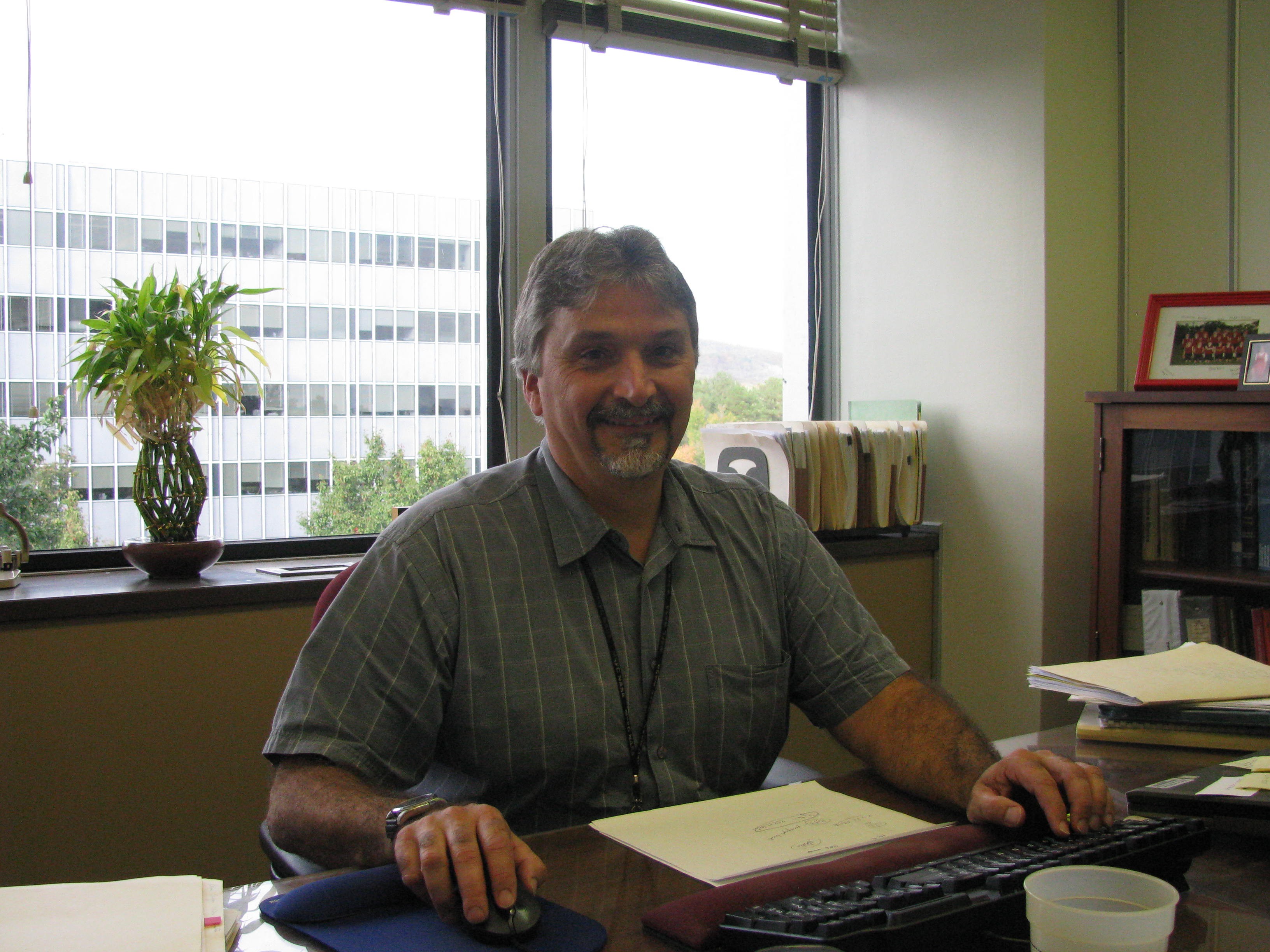REDSTONE ARSENAL, Ala. -- On Oct. 13, millions of awestruck Americans watched as 33 Chilean miners were rescued after spending more than two months trapped underground. To the Redstone community, the rescue was especially significant because the capsule used to transport the miners to safety was designed with the input of Marshall Space Flight Center's Roberto Garcia.
Garcia, a NASA propulsion technical fellow, was involved in the rescue attempt as a part of the NASA Engineering and Safety Center team. The NESC was created in 2003 after the Columbia disaster, to provide independent testing, analysis and assessment of the agency's high-risk projects, to proactively ensure mission safety and success. Their work is not limited to NASA projects: They have also assisted Toyota, the Navy, and most recently advised a Seattle-based space exploration program.
In the case of the Chilean miners, their assistance included both technical and common sense advice about how to get the workers out safely and quickly.
"We presented a lot of 'what-ifs' to their engineers ... about the size and the weight of the capsule, oxygen supply, straps, latches, a second opening for emergencies ... and we suggested adding wheels to add more mobility and keep it from getting stuck," Garcia said. "To me, it was really cool seeing how things worked, and to be in the loop - to get the inside info. I got daily updates, often 2-3 e-mails a day."
Garcia has been a part of the NESC team since 2008. Prior to that, he managed the Solid Propulsion Systems Division, Propulsion Systems Division, and managed the Applied Fluid Dynamics Analysis Group. He calls his work at the NESC a "return to his first love."
"I enjoy focusing on the technical aspects, and getting the right tools to the right people. And while doing so, we are being helpful, and bringing our resources to the table," he said.
Garcia's love for technical issues, or "how things work," began in his teens. After his family fled Cuba in 1970, they eventually settled in Miami, where his father worked for a friend's construction company. Garcia worked there in the summers, starting as a "gofer" and ending up as a laborer.
At age 18, he earned his United States citizenship with plans of becoming a pilot in either the Navy or Air Force. However, after a recruiter honestly advised him that his chances for becoming a pilot were low, he opted to attend the University of Florida, where he majored in aerospace engineering.
"It was good advice," Garcia said. "I got a really good deal."
That good deal included graduating from Florida in 1986, and a subsequent job offer from NASA in Huntsville. Although Garcia initially planned to stay at NASA just long enough to gain some experience and then move to Orlando, he ended up making Huntsville his home. He married and had four children, three of whom live here. His oldest daughter lives in Tuscaloosa, where she is a student at the University of Alabama, much to dad's dismay.
"I told her she will get one 'Roll Tide' from me, and that's it," he said, laughing.
In his spare time, Garcia coaches his children in sports, and plays on a "38 & Over" Senior Men's Baseball League. In the offseason, he also enjoys taking old albums and converting them to his iPhone.
Garcia admitted that he has been humbled and somewhat overwhelmed by media interest in him, but keeps it all in perspective. He said he is ever mindful of the sacrifices that got him to where he is today.
"My parents left everything in Cuba. I still remember the crying of my family members when we left. I see my cousins who are still there," he said. "They are so limited. My children don't know those limitations. I'm extremely thankful for my parents and the sacrifices they made to get us out of Cuba. I can't screw that up."


Social Sharing